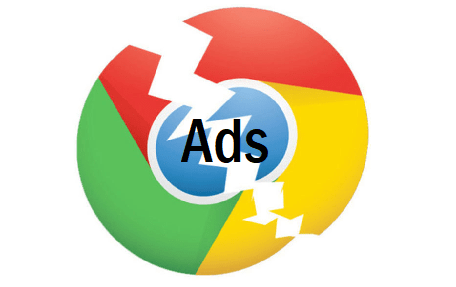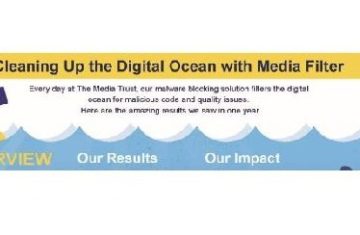
Authored by Alex Calic, Chief Strategy and Revenue Officer
Ad quality determines if your website is naughty or nice.
Did you get the letter from Google? Late last summer, Google notified 1,000 website owners that their ads were annoying, misleading or harmful to the user experience.[1] Directed to Google’s Ad Experience Report, website owners were encouraged to clean up their ads.
This encouragement is now a directive. As of February 15, the latest Chrome version (v64) began to filter all ads across every website with a failing status as listed on the Ad Experience Report. Considering Chrome dominates the browser market (60-65%, depending on the resource), this news has serious repercussions for ad-supported websites. Never has so much hinged on ad quality.
Defining bad ads
The classification of a bad ad is no longer in the eye of the beholder (or media publisher). Formed in 2016, the Coalition for Better Ads (CBA) researched the acceptable advertising experience of 25,000 consumers in North America and Europe. The result is the Better Ads Standards, released in March 2017.[2]
In a nutshell, 12 ad types regularly annoy consumers and correlate to the adoption of ad blockers: 4 for desktop and 8 for mobile. Google is using the Better Ads Standards to evaluate ads on ad-supported websites. Upon initial review last summer, less than 1% of 100,000 websites contained ads violating the standards.
Fixing bad ads before they fix you
When it comes down to it, meeting the CBA standards shouldn’t be that difficult, especially if you’re a premium publisher that knows all parties contributing content to the user experience. This knowledge makes it easier to communicate and enforce any policy—be it ad quality, security, data leakage, performance and more—and cease business with those that don’t have your—and, therefore, the user—best interests at heart.
What happens if you chose to ignore the Chrome audience? Your website will be assigned a “failing” status, and if this status remains for more than 30 days, then Chrome will filter all ads running on your website. Therefore, your choice directly affects the website’s ad-based revenue continuity.
Be proactive. Adopt a holistic creative quality assurance approach to continuously assess ads—creative and tags—for compliance with regulatory requirements, company policies and industry practices, like those promoted by CBA. By developing a tactical ad governance structure, you can codify what constitutes an acceptable ad and ensure compliance with multiple industry standards.
Check: What’s your status?
The CBA also announced a self-attested certification program[3] whereby publisher participants pledge to abide by CBA standards. The program is free during the trial period, with an expectation that it will run at least until July when fees will be announced. As of now, Google agrees to not filter ads for any company participating in the CBA program. With the program’s initial steps only requiring registration, self-attestation and no fees, it makes sense for publishers to participate.
Regardless if you register with CBA, all media publishers should verify their status and take steps to remediate offending ad quality as soon as possible.
- Verify ownership of your website on Google Search console: https://support.google.com/webmasters/answer/34592 (note, your webmaster may have already done this.)
- Initiate verification by selecting “Manage property” and downloading the HTML file to your site. (Note, there are alternative methods such as using your Google Analytics or Tag Manager)
- Once your website is verified, Google will initiate scanning. The process may take some time.
- Access the Ad Experience portal: by selecting “Desktop” or “Mobile” (https://www.google.com/webmasters/tools/ad-experience-desktop-unverified?hl=en )
- Review your website’s status for both desktop and mobile
- Warning or Failing status requires immediate attention
- Remediate all ad quality issues, especially those promulgated by CBA through these steps:[4]
- Identify the source of the issue
- Communicate digital policy requirements, i.e., CBA standards
- Demand correction or remove the source from your digital ecosystem
- Document your remediation steps in the “Request review” area of the portal
- Submit for review by clicking “I fixed this”
As a member of Coalition for Better Ads, The Media Trust has various solutions to address ad quality, from creative policy enforcement to campaign verification.
Whatever your decision, you can achieve ad revenue objectives while delivering a clean and regulatory-compliant user experience. Clearly, a more positive ad experience benefits everyone—publishers, ad/martech and agencies and, most of all, consumers.
[1] Google letter: http://adage.com/article/digital/google-send-publishers-email-stop-serving-annoying-ads/310057/
[2] Better Ad Standards: https://www.betterads.org/standards/
[3] https://www.betterads.org/coalition-for-better-ads-opens-publisher-enrollment-in-better-ads-experience-program/



